The best true wireless earbuds of 2021 boast some of the most advanced audio technology around today, and they’re just as good as almost any pair of wired earbuds on the market. Some of the earbuds in this list could possibly even rival our selection of the best over-ear headphones – and given these are all cable-free, that’s really saying something. In case you need a refresher, here's what true wireless earbuds are all about: sometimes referred to as TWS earbuds (True Wireless Stereo) they have no cable at all to connect to your phone or any other device. And, unlike regular wireless earbuds, there’s no cable to connect each bud to the other either. This makes true wireless earbuds extremely convenient, as well as flexible for a whole range of environments and uses. But there's one big downside: you need to be extra careful not to lose one. Truly wireless earbuds used to be a risky bet until fairly recently, due to limitations with Bluetooth and wireless music streaming, but advancements in the technology means you needn't fear un-pairable buds or terrible sound. In the guide below we’ve selected the best pairs of true wireless buds to help you choose the right pair for your budget and your needs. The best true wireless earbuds of 2021 in the list below are all high-end – and most have a price tag to match, though there's a growing market of budget wireless earbuds that prove you don't have to break the bank in the quest for excellent audio. Black Friday and Cyber Monday are coming up very soon, too, with lots of early Black Friday wireless earbuds deals already available to sift through. And if you're after a pair of Apple true wireless earbuds, make sure you bookmark our guide to the best AirPods Black Friday deals. Each pair in this guide comes with a whole bunch of impressive features built-in, including active noise cancellation, hands-free voice control, and support for Hi-Res Audio codecs. However, if you're just after stellar sound quality, we recommend you check out models like the Bowers & Wilkins PI7, Grado GT220 and the Cambridge Audio Melomania 1 Plus, which are there to cater to your inner audiophile. You may be wondering whether you should buy the Apple AirPods 2, which are among the most popular true wireless earbuds on the planet. While we wouldn't dismiss them outright, there are far better options out there, including the noise-cancelling AirPods Pro and Apple's latest buds, the AirPods 3. Before you buy a pair of old-school 'Pods, check out our selection of the best AirPods alternatives you can buy in 2021. Sony is largely responsible for the rude health of the active noise-cancelling earbuds market, and with the WF-1000XM4, the company has combined performance, ergonomics, and build quality more effectively than ever before. Compared to their predecessors, the Sony WF-1000XM3, the new wireless earbuds offer enough quality-of-life features to make them worth upgrading to, even if they are more expensive. A more compact design means that the WF-1000XM4 are more comfortable than their predecessors, while their accompanying control app makes it easy to adjust their EQ settings for a personalized sound. The audio quality is among the best you'll get from a pair of wireless in-ear headphones, and DSEE Extreme upscaling means you'll get an approximation of high-resolution sound from standard-definition digital audio files. While other true wireless earbuds surpass the Sony WF-1000XM4 in particular areas – noise cancellation, for example – no other model comes close to offering such excellent quality across the board. That’s why the Sony WF-1000XM4 are hands-down the best true wireless earbuds you can buy today. Read more: Sony WF-1000XM4 review For nearly two years, the Sony WF-1000XM3 were best true wireless earbuds you could buy – until they were usurped by the WF-1000XM4. However, the Sony WF-1000XM3 are still worth considering, not least because you can usually find them discounted to around $170 / £150 / AU$200. The Sony WF-1000XM3 manage to offer a level of noise-cancellation that's exceedingly good for a pair of earbuds, fist-pumping musicality, a sleek design, and a decent battery life. Their unobtrusive design will appeal to anyone who's unconvinced by the look of the Apple AirPods, and they're comfortable to wear for long periods of time. Google Assistant and Alexa support means you're covered if you want to control the buds using your voice alone, though the on-ear controls are easy enough to use. Read more: Sony WF-1000XM3 review The NuraTrue are perhaps the most personalized wireless earbuds you can buy today – and they’re among the best-sounding, too. They’re the first true wireless earbuds from Australian audio brand Nura, following in the footsteps of its NuraLoop earphones – which, incidentally, are our pick for the best wireless earbuds of 2021. The NuraTrue are another success for the company, offering unbeaten levels of customization that allow the earbuds to be tuned to your ears exactly. The accompanying app even analyzes how well the buds fit into your ears. The end result is outstanding audio performance that reveals superb levels of detail in your music, and a wide soundstage that enables every instrument to sing. In case you think these earbuds are made with only audio in mind, they in fact come with plenty of features that will appeal to anyone who wants a cheaper alternative to popular models such as the AirPods Pro and the Sony WF-1000XM4. These features include decent noise cancellation, an IPX4 water-resistance rating, fast charging, and support for hi-res audio too. Read more: NuraTrue review Cambridge Audio may be best known for its high-end audio equipment, but the past couple of years has seen the British company branch out into the world of true wireless earbuds. Its first offering, the Melomania 1, earned a place among the best wireless earbuds thanks to their stellar sound quality, However, the new Cambridge Audio Melomania 1 Plus are a worthy upgrade, putting many other earbuds in the shade for audio performance, battery life, and ease-of-use. While the design of the Melomania 1 Plus hasn’t deviated too far from its predecessors, there’s a clear step up in terms of audio performance, with levels of detail and clarity that could rival some of the best over-ear headphones. A helpful app, easy controls, and excellent connectivity just makes us love them even more. The only downside is that there’s no active noise cancellation. However, when these earbuds sound this good, we doubt you’ll miss it much. What's more, the the Cambridge Audio Melomania 1 Plus have been given a permanent price cut, which means they're extremely good value for money. They cost $139.95 / £119.95 at launch, but the audiophile-friendly earbuds have now been reduced to $99.95 / £99.95 – a fixed discount of $40 / £20. Read more: Cambridge Audio Melomania 1 Plus review The Sennheiser CX True Wireless are the latest wireless earbuds from the German audio giant. Picking up where the CX 400BT before them left off, they’re cheaper than their predecessors, despite including a host of upgraded features that comprises a longer battery life and better connectivity. Audio quality is exactly what you’d expect from Sennheiser, with a wide soundstage, clear mids, detailed trebles, and powerful bass frequencies - and while audiophiles may prefer a less pronounced low end, we were still surprised by how good these earbuds sound for the price. Hi-res audio support is included, too, for those who want to eke out every last bit of detail from their music. The controls and accompanying app are very easy to use, and Bluetooth 5.2 connectivity ensures a stable connection with your device. Thanks to a recent firmware update, you can now customize the touch controls via the Sennheiser Smart Control app, which is a handy feature that makes these buds feel a little more personal. Our only real bugbear is the CX True Wireless’ design, which we found far too bulky for our ears. We’re hesitant to judge Sennheiser too harshly for this, since most users will probably be able to use them without issue. Read more: Sennheiser CX True Wireless review When we first reviewed the original Lypertek PurePlay Z3 true wireless earbuds (then known as the Lypertek Tevi), we were blown away. The Lypertek PurePlay Z3 2.0 true wireless earbuds are their successors. They’re very similar to the originals, with a few key improvements, and yet still come in at the same affordable price point the originals did – $99 / £99. This gets you everything we loved about the original PurePlay Z3 including a detailed, well balanced sound, and a whopping 80-hour total battery life from its petite USB-C charging case. New features include wireless charging, a powerful new LDX Audio mode, improved app functionality and a hear-through ambient mode. Our own issue is that app connectivity is patchy at best, and the ambient hear-through mode is pretty much useless in comparison to the competition from the likes of Sony’s noise cancelling WF-1000XM4. Yet, with the price still so low, and nothing to detract from the quality standard the originals set out, they remain must-have earbuds, more than a match for headphones two or three times the price. Read more: Lypertek PurePlay Z3 2.0 review On paper, the GT220 seem to have their work cut out. $259 / £250 / AU$365 for small, humdrum-looking true wireless in-ears with no active noise-cancelling and no control app. But, by performing with absolute confidence and assurance, they stand head and shoulders above the majority of true wireless earbuds on the market today. They extract every shred of information from digital files of your favorite music and deliver it with such authority, and in such a complete and coherent manner, that it sounds fresh even if you’ve heard it a thousand times before. As there's no control app, there's no way to fiddle around with the EQ settings, but we didn't miss this feature as the GT220 sound so good as they are. The large surface area of the earbuds' housings mean that the touch-sensitive controls are easy to use, and they allow you to control your music playback, adjust the volume, and summon your device's voice assistant, whether you use Google Assistant or Siri. A 36-hour total battery - while not as impressive as the Lypertek Pure Play Z3 2.0 - means the GT220 have enough staying power to get you though a week's worth of commuting. Read more: Grado GT220 review The sound quality, battery life, and design of the Sennheiser Momentum True Wireless 2 are truly brilliant – and they're a really good alternative to the Sony WF-1000XM4, particularly if you prefer a more flashy design when it comes to the best true wireless earbuds for you. Sennheiser has pretty much knocked it out of the park with these earbuds, offering great noise cancellation alongside smart, sophisticated looks and stunning sound. We liked the fabric covered charging case, which feels well-made and robust enough to properly protect the earbuds - that case provides 21 hours of battery life, and you get seven hours from the buds themselves. There's support for hi-res audio support thanks to the aptX codec, and Bluetooth 5.1 connectivity means the Momentum True Wireless 2 are super easy to pair with your devices. Like the CX True Wireless, those with smaller ears may find these earbuds a little uncomfortable, as the housings are quite rigid and large. We'd still recommend them for most users though, especially now that the Momentum True Wireless 2 are a little older and are often discounted. Read more: Sennheiser Momentum True Wireless 2 review The fact that the Bowers & Wilkins PI7, with their sky-high price-tag, a control app that’s more style than substance, an incomplete suite of touch controls, and humdrum active noise-cancelling and battery life, must sound incredible to come this close to a five-star review. A thoroughly engaging and convincing sound makes the PI7 a pleasure to listen with, and aptX Adaptive support means you get smooth synchronization between audio and video, as well as support for hi-res audio files. They’re a genuinely unique pair of wireless earbuds too, with a charging case that doubles as an audio retransmitter. It’s a remarkable facility, bringing wireless connectivity to all kinds of previously unavailable sources: an in-flight entertainment system, for instance, or some games consoles. As you might expect from a pair of buds that cost $399 / £349 / AU$599, the build quality of the PI7 is outstanding, and they look and feel like a premium product. However, they do fall down when it comes to their active noise cancellation feature, which doesn't come near models like the Bose QuietComfort Earbuds or the Sony WF-1000XM4. Their 20-hour battery life also leaves a lot to be desired (even the Apple AirPods do better than that), and the inability to adjust the volume of your music using the on-ear controls is quite the oversight. Read more: Bowers & Wilkins PI7 review It’s Bose’s second attempt at a set of true wireless headphones, and the QuietComfort Earbuds are leaps and bounds better than the older SoundSport Free. Not only is the design a lot better, but the noise cancellation is also exemplary, in fact, these are the best noise-cancelling earbuds you can buy right now. Bose has taken a leaf out of its Noise Cancelling Headphones 700 playbook and added 10 levels of ANC to the QC ‘Buds as well. And at maximum, you’re practically cut off from the rest of the world, encased in a cocoon of sound that’s made entirely up of your favourite tunes. The sound quality is also really very good – albeit a touch less bassy as compared to Sony – with superb clarity. They’re incredibly comfortable and well balanced too, despite their bulky form factor. You get a selection of eartips with the QuietComfort Earbuds, each equipped with a flexible fin that holds the buds in place Unfortunately, the battery life of the Bose QuietComfort Earbuds isn't as impressive as their other features. You get a respectable six hours of playback from the buds themselves, but only two further charges from the charging case for an 18-hour total battery life. That's far less than most of the true wireless earbuds in this guide, so it's worth bearing that in mind if you routinely forget to top up your buds. Read more: Bose QuietComfort Earbuds review If you like Sony earbuds but can't afford the WF-1000XM4, the Sony WF-C500 are a fantastic alternative. Costing $79 / £89 / AU$149.95, these earbuds are more affordable than many of the models in this guide, but Sony hasn't made too many concessions to achieve this lower price. A rapid, detailed and thoroughly engaging sound belies their low price, even if the soundstage is a little narrow for our tastes. The bass is a little recessed too, so if audio performance is your top priority it might be worth spending a bit more. A light and comfortable design makes the WF-C500 a pleasure to wear. And, in spite of their small size, the touch-sensitive housings are easy to use, allowing you to adjust your music playback, take calls, and summon your device's voice assistant. If you prefer, control is also available via Sony’s exemplary ‘Headphones Connect’ app. This is where you can adjust EQ settings, set your Bluetooth priorities, let the app have a good look at the shape of your ears (the WF-C500 are compatible with Sony’s ‘360 Reality Audio’ spatial audio algorithm) and toggle the Digital Sound Enhancement Engine on or off. At 20 hours, the all-in battery life is a little disappointing. However, 10 hours from the buds alone isn’t all that bad and will suit anyone who enjoys long listening sessions. Read more: Sony WF-C500 review Apple's noise-cancelling true wireless earbuds, the AirPods Pro, deliver a much better fit and an improved design compared to the original AirPods. However, at $249 / £249 / AU$399, they’re pretty pricey too, and as such can’t be called the very best true wireless earbuds in terms of value for money – but they may be the best true wireless earbuds for Apple fans. These snug-fitting earbuds offer a great sound, and the additional microphones provide strong noise-cancelling (particularly when commuting), as well as a useful Transparency mode, which really does let the outside world in. The Apple AirPods Pro have recently become even better, too. A slew of new upgrades have come to the earbuds since the iOS 15 update in September 2021. These upgrades include Conversation Boost, which is designed to help you hear face-to-face conversations more clearly when you’re using them, as well as the ability to announce notifications with Siri, and integration with Apple's Find My app, among many others. Apparently, there's a new AirPods model set to join the original buds and the newer Pros. The AirPods Pro Lite are rumored to be a new, cheaper variant of the company's popular true wireless earbuds, and they could be released this year. Read more: Apple AirPods Pro review The Beats Studio Buds are rock-solid true wireless earbuds with active noise cancellation and support for Apple’s Spatial Audio with Dolby Atmos format. They sound great, with a lively sound quality that elevates the highs and lows of your music, and feel supremely comfortable to wear for long periods of time. They're not without some drawbacks, though. Chief among them is their lackluster call quality and lack of the H1 Wireless Chip that makes other Beats earbuds work so well within the Apple ecosystem. Saying that, by using a proprietary headphone chip, Beats has made the Studio Buds suitable for Android users as well as iPhone owners - so don't feel as though you can't buy these buds if you're not an Apple lover. We loved the design of Studio Buds - they're small and sleek, and they come in a bright red color as well as the usual black and white options, which really helps them to stand out from the crowd. Battery life with either ANC or Transparency mode turned on is pretty disappointing at only five hours (15 hours with the case), and their noise cancellation isn’t exactly class-leading, either. Saying that, they're cheaper than the AirPods Pro and their predecessors, the Powerbeats Pro, making them a more budget-friendly option if you want to buy a pair of Beats earbuds. Read more: Beats Studio Buds review The Apple AirPods (3rd generation) represent a big step up from their predecessors in terms of audio performance, connectivity, and design. They're a little pricier than the AirPods 2 (which have been given a permanent price cut), but cheaper than the AirPods Pro. The main trade off here is that the AirPods 3 don't come with active noise cancellation, and their semi-open design means you'll hear quite a lot of your surroundings while wearing them. Still, features like Spatial Audio support and Adaptive EQ set these buds apart from the competition. Spatial Audio is particularly impressive, giving your music, films, and TV shows a more immersive feel - and if you don't like your music to be spatialized, you can turn this feature off. While the AirPods 3 do look like the original AirPods, a more subtle, contoured design with shorter earstems makes the new buds look more sophisticated than their predecessors. The new design also brings force capacitive sensors to the true wireless earbuds, allowing you to control your music by squeezing the stems. The AirPods 3 are unsurprisingly optimized for use within the wider Apple ecosystem, so Android users miss out on a lot of the extra features that set them apart from other true wireless earbuds on the market. Read more: Apple AirPods (3rd generation) review The Jabra Elite 85t deliver impressive performance thanks to some great audio quality, effective noise cancellation and decent battery life. Audio has been vastly improved compared to the Elite 75t, thanks to a new pair of 12mm in-built speakers, which are twice the size of those on the 75t buds and offer a wider and more well-balanced soundstage. This, alongside even deeper bass, adds more depth to your favorite tunes. Unfortunately, the larger drivers does mean these buds are much more bulky than their predecessors and don't fit as snugly as we'd like. Battery life comes in seven hours from the buds themselves, which can be extended to 31 hours with the charging case. Bear in mind, though, that playback time does drop to a 25-hour combined battery life if you have the active noise cancellation feature switched on. Jabra often updates its wireless earbuds, so they have longer lifespans than many of their rivals – in fact, a recent update for the Jabra Elite 85t allows you to turn off ANC when you want to tune into your surroundings. They're also discounted fairly often, especially now that they've been usurped by the Jabra Elite 7 Pro (which we're yet to review). We'd still heartily recommend the Jabra Elite 85t, though – especially if you're on a budget. Read the full review: Jabra Elite 85t review The PowerBeats Pro true wireless Beats headphones are something special – they’re supremely comfortable, sound decent and seem to never, ever fall out. They might not be the best true wireless earbuds in Apple's audio arsenal now that the AirPods Pro are here, but they are Apple’s most premium play into the world of running headphones, and they're the buds we'd recommend to most workout enthusiasts. That's thanks to features like the pressure-reducing micro-laser barometric venting hole, their long battery life and good sound quality. If we had to choose between wearing these and the original AirPods around the house, office, or gym, these are what we’d wear. They come in a huge range of colors, too, including pink, red, blue, yellow, black, ivory, moss, and navy. The Powerbeats Pro launched at $249 / £219 / AU$349, but now that they're a little older, they're often discounted, so are worth checking out if you're looking for a good deal. A new model may be on the cards, too – the Powerbeats Pro 2 are the rumored follow-up to these Beats true wireless earbuds. Read more: Beats PowerBeats Pro review In terms of features, the Surface Earbuds cover off most - but not all - of what we’ve come to expect from a premium pair of true wireless in-ears: they have app-based adjustable EQs, aptX Bluetooth connectivity, and responsive touch controls. Plus, they play impeccably nicely with virtually the entirety of Microsoft’s hardware and software ranges. They don’t have active noise-cancellation, though, and the way they fit means they let ambient sound leak in. Sound is served up by relatively large full-range drivers. Of course, ‘relatively large’ could, in another life, be the Surface Earbuds’ official model name: a 25mm diameter is big by in-ear standards, 7.2g is heavy by in-ear standards and their charging case isn't exactly slim, either. Despite these big numbers, though, the Surface Earbuds prove comfortable and secure for hours on end. The ‘twist-to-fit’ arrangement keeps them nicely steady, even during mild exercise. Battery life is an alright 24 hours all-in (eight hours in the Earbuds themselves, plus two more full charges from the case). That's better than some of the Microsoft's competition in this space, but many true wireless earbuds in this guide last far longer. Overall, the Surface Earbuds are a very welcome addition to the ever-increasing list of worthwhile true wireless in-ears, and while their distinctive looks won’t be for everyone, they deliver in two areas that count: functionality and sound quality. Read more: Microsoft Surface Earbuds review On their own merits, the Earfun Air Pro buds are accomplished, but against the competition at this price point they shine. Amid a sea of similarly priced efforts on Amazon, they stand out thanks to their superior design and excellent audio chops, and show a high level of competence in almost all other areas. If it weren’t for slightly fiddly gesture controls and – in our experience at least – a slightly uncomfortable fit, these would immediately earn our wholehearted recommendation. The battery life is advertised at 25 hours in total with ANC on (seven from the buds and an additional 18 from the case), which is bumped up to 32 hours with this feature switched off. However, we found the battery life came in at about an hour less in all cases, though that's still a strong showing, especially for buds at this price. The buds provide an enjoyable listen for casual music fans, with warm, prominent bass and an energetic sound. The EarFun Air Pro will work easily across most genres, though those looking for reference or studio-quality audio will be better off looking at wireless earbuds intended for audiophiles. As it stands, these wireless earbuds are an excellent choice for most, offering a blend of useful features and strong performance that should make them popular with commuters in particular. Read more: Earfun Air Pro review The Beoplay EQ are beautifully built and finished. As well as polymer and silicone, the EQ are built from aluminum – but, because this is Bang & Olufsen, you won’t be staggered to learn it’s ‘spacecraft grade’ aluminum. In addition, tactility, alongside the quality of finish, is well up to the standard you’d expect at this price, with easy-to-use touch sensitive controls on the earbuds' housings. On the inside, the EQ use a pair of electrodynamic 6.8mm full-range drivers. Wireless connectivity is via Bluetooth 5.2 (which is about as good as it currently gets), with coverage for SBC, AAC and aptX Adaptive codecs, ensuring audio/video synchronisation isn’t an issue. There are a total of six mics across the pair of earbuds, which deal with call quality and active noise-cancellation, but not voice-control – because Bang & Olufsen hasn’t included that particular facility. Noise cancellation also comes under the heading of ‘good’ rather than ‘great’. The EQ do a job on external sound, of course – but it isn’t as complete a job as the almost supernaturally quiet Bose QuietComfort Earbuds. While their large build and equally large price tag won't appeal to all, the BeoPlay EQ are an undeniably well-specced pair of earbuds, and their high quality finish makes them stand out from the other buds in this guide. Read more: Bang & Olufsen Beoplay EQ review The Jaybird Vista 2 are the true wireless successors to the Jaybird Vista, which launched back in 2020 and swiftly took a spot on our guide to the best running headphones you can buy today. The goal here remains the same; to offer workout-friendly buds that promise a secure fit, deliver strong audio quality, and give you plenty in the way of battery life too. They Vista 2 come with the addition of active noise cancellation, which has bumped up the price compared to their predecessors - but that combined with improved audio, a longer battery life, and a more rugged design makes them a worthy upgrade. Compared to the original Vista, the Vista 2 have also been changed from an IPX7 water resistant rating to IP68. That means they can technically be submerged in water up to 1.5 meters deep for 30 minutes. That’s a higher rating than other sporty buds like the Jabra Elite Active 75t and Sony’s WF-SP800N buds. Jaybird does offer an EQ and presets to get a more tailored sound profile, along with the ability to create personal EQ settings, letting you toggle sliders to adjust elements like bass, bass range, and low midrange. It pays off to spend some time playing around with the EQ options to get a more rewarding sound profile that suits your ears. While the active noise cancellation isn’t as good as other models, the combination of fit, low profile design, sound quality, and solid battery life still make the Vista 2 some of the best truly wireless earbuds for working out as well as listening at home or in the office. Read more: Jaybird Vista 2 review Let’s get one thing out of the way – the B&O Beoplay E8 2.0 are some of the best-looking true wireless earbuds you can buy. The case is a pebble-shaped, leather enrobed design that wouldn't look out of place in a jeweler's window, while the buds themselves look suitably luxurious. The Beoplay E8 2.0 also used to be among the most expernsive at $350 / £300 (around AU$570) - however, that price is regularly discounted now the buds are a little older. Audio quality is undeniably excellent, and you can tweak the sound to your liking using the accompanying Beoplay app on Android and iOS. Even without tinkering around with ToneTouch, the E8 2.0s sounds crisp and clear, with punchy bass frequencies. There's no noise cancellation, though, which you may expect from true wireless earbuds at this price. If one of the main reasons you need a new pair of headphones is to work out or run, then you might want to consider the sport-friendly alternatives to the E8 2.0s, which are called the Bang & Olufsen Beoplay E8 Sport. They're a pair of stylish buds that deliver bright sound and are designed to get sweaty with. Read more: B&O Beoplay E8 2.0 Wireless Earphones review With a promising battery life and well-managed bass enhancement over Audio-Technica’s usual neutral sound, the Audio-Technica ATH-CKS5TW true wireless earbuds have a lot going for them. In terms of battery life, you get a lengthy 15 hours out of the fully-charged earbuds, with the case holding a further 30 hours for 45 hours total playback. That’s a very respectable amount of time. While that's since been beaten by the Lypertek PurePlay Z3 2.0, these are still some of the best true wireless earbuds you can buy if you want a long battery life. The CKSTW also sport one of the most complete and well-rounded sound profiles we've seen from true wireless earbuds; Audio-Technica’s handling of the bass enhancement here is done tastefully, giving the earbuds a little extra oomph without overpowering the rest of the mix. However, they are let down a little by their fit. With wingtips designed to keep them in place in your ear, they can be a bit fiddly to lock in, and they're rather heavy at 8g each. Mileage will vary of course depending on your preferred bud style and the size of your ears, but all will find the fiddly case fit will annoy over time. Still, the quality audio here may be a worthy trade-off. Read more: Audio-Technica ATH-CKS5TW review The Sony WF-SP800N are a triple-threat. They’re IP55-rated to be sweatproof and dustproof, but they’re also pretty good for commuters because they have active noise cancellation built in – which is rare for a workout pair of earbuds – and work well for demanding music lovers thanks to their support for Sony’s new spatial audio format, 360 Reality Audio. Looking at the Sony WF-SP800N will likely remind you of a miniature mid-2000s Bluetooth headset. They use an ovular design that points down toward the mouth with a small touch capacitive control panel on each side that can be used to summon your smart assistant and control playback. They can be a little uncomfortable to wear for long periods of time, however, and the sheer number of control options on each bud means they can be tricky to use. The audio performance provided by these buds is robust and full-on, with a wider soundstage than you’d expect from a pair of true wireless earbuds. They can get relatively loud, which really adds an extra layer of passive noise cancellation, and definitely have enough bass to make most EDM and rap fans really happy. Unfortunately, the bass is bit muddy for our liking, and can override the mids and highs, which hurts their overall clarity. The noise cancellation also isn't as good as the Sony WF-1000XM4, though they are significantly cheaper. All that said, they feature active noise cancellation, water-resistance and a spatial audio format at a decent price, so while they might not be our favorite true wireless earbuds ever made, we have to give Sony props for creating a multi-faceted, feature-rich true wireless earbuds that nearly please every palate. Read more: Sony WF-SP800N review These true wireless buds from Samsung are a big step up from the Samsung Galaxy Buds Live, offering better sound and microphone quality with multipoint pairing and spatial audio support. While there's a new model on the scene – the Galaxy Buds 2 – the Buds Pro are still well worth buying. It's worth nothing that they don’t offer the same level of noise cancellation as over-ear headphones or the sound quality of some of the other high-end earbuds on this list, but for their price they offer just enough of both to be competitive and deserving of a place on our best wireless earbuds list. The Galaxy Buds Pro are specially built to cater to people who already have a Samsung phone. That’s because they offer multipoint pairing, hands-free Bixby support (but not Google Assistant) and the Samsung Galaxy Wearable app – this is only available on Android that you’ll need to use to unlock the Buds’ best features. They also use Samsung’s proprietary Scalable Audio. This supports UHQ audio streaming over Bluetooth at up to 24-bit / 96kHz, SmartThings Finder and multi-mic recording, which allows you to use the Buds as a lapel mic stand-in when you shoot videos on your Samsung phone. If you're not sure whether to buy these or the Galaxy Buds 2, it's worth bearing in mind that a new update is bringing features first seen from the new Samsung Galaxy Buds 2 to the Pros, including a new Noise Control option. This allows you to control the active noise cancellation and ambient sound settings from one specific earbud, which is handy if you prefer to wear one bud at a time. Read more: Samsung Galaxy Buds Pro review In March 2019, Apple upgraded its popular true wireless earbuds, the Apple AirPods. Unlike the AirPods 3, they still feature the iconic design of the original AirPods (a good or bad thing depending on your point of view), and sound quality hasn't changed at all – it's lively, but not on par with the best true wireless earbuds in this guide. The bulk of the upgrade came from the H1 headphone chip, which improves connectivity and battery life, and allows for a ‘Hey Siri’ voice activation feature. The AirPods (2019) also come with an optional wireless charging case means you can use a Qi-compatible charging mat to power the case, rather than sticking a cable into the Lightning charging port in the bottom of the case. Like their predecessors, they are super easy to pair, but they are very much optimized for using with iPhones – and a new auto-switching feature makes it easier to swap between iOS devices. However, the best true wireless earbuds give you more flexibility when it comes to your device of choice, and can offer superior sound quality – as well as sleeker designs. They're not the best AirPods, either – the AirPods Pro are far more accomplished in nearly every way, and we'd recommend the AirPods 3 if you don't care about active noise cancellation. Read more Apple AirPods (2019) review Wireless headphones are traditional over-ear or on-ear headphones without the wire – the two earcups are connected by a headband. To learn more, head to our round up of the best wireless headphones. Wireless earbuds have existed for a while now, basically since Bluetooth was invented. Though battery-powered and not physically connected to your phone, they have a cord connecting both buds – and sometimes a band around the neck too. Check out the best wireless earbuds for more. True wireless earbuds - the focus of this guide – have no cord whatsoever. While wireless allows us to wear headphones a few feet away from our music players, true wireless cuts the cord between the earbuds, giving us true freedom.
The best true wireless earbuds
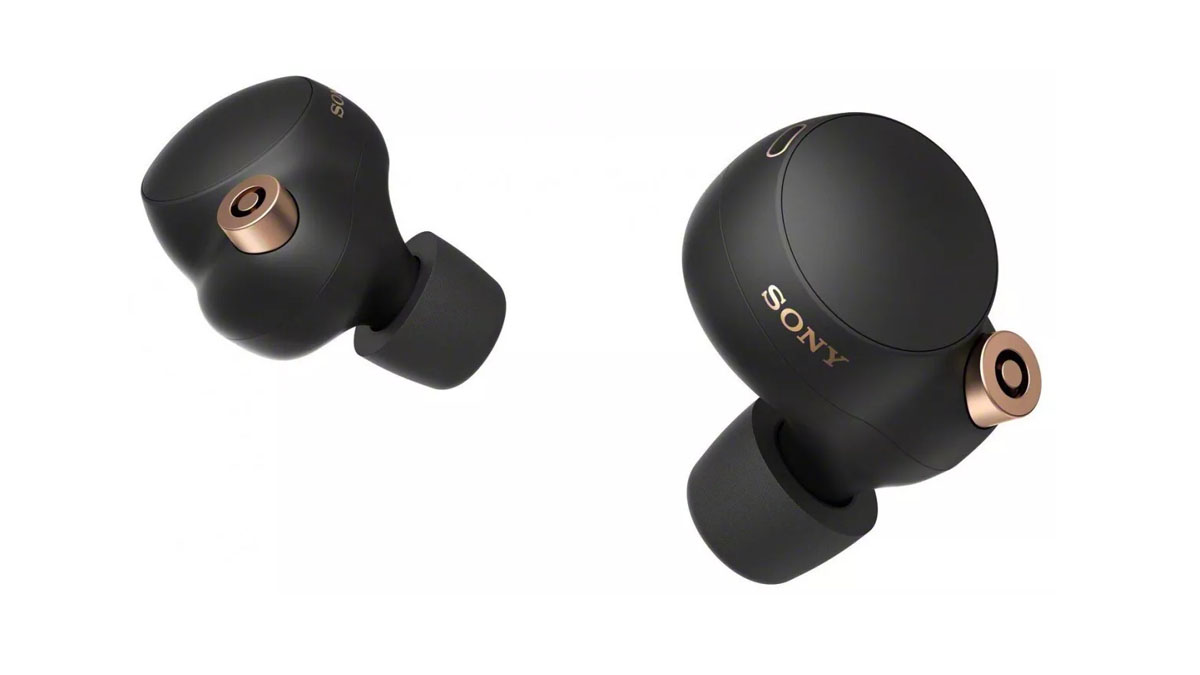

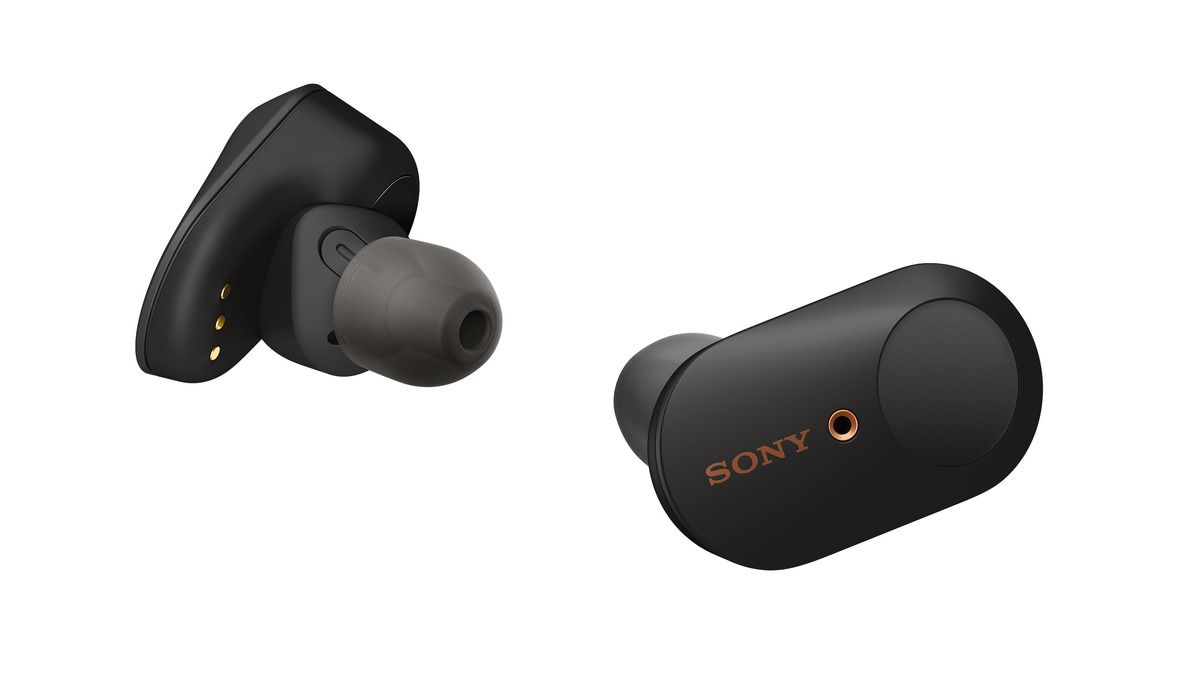

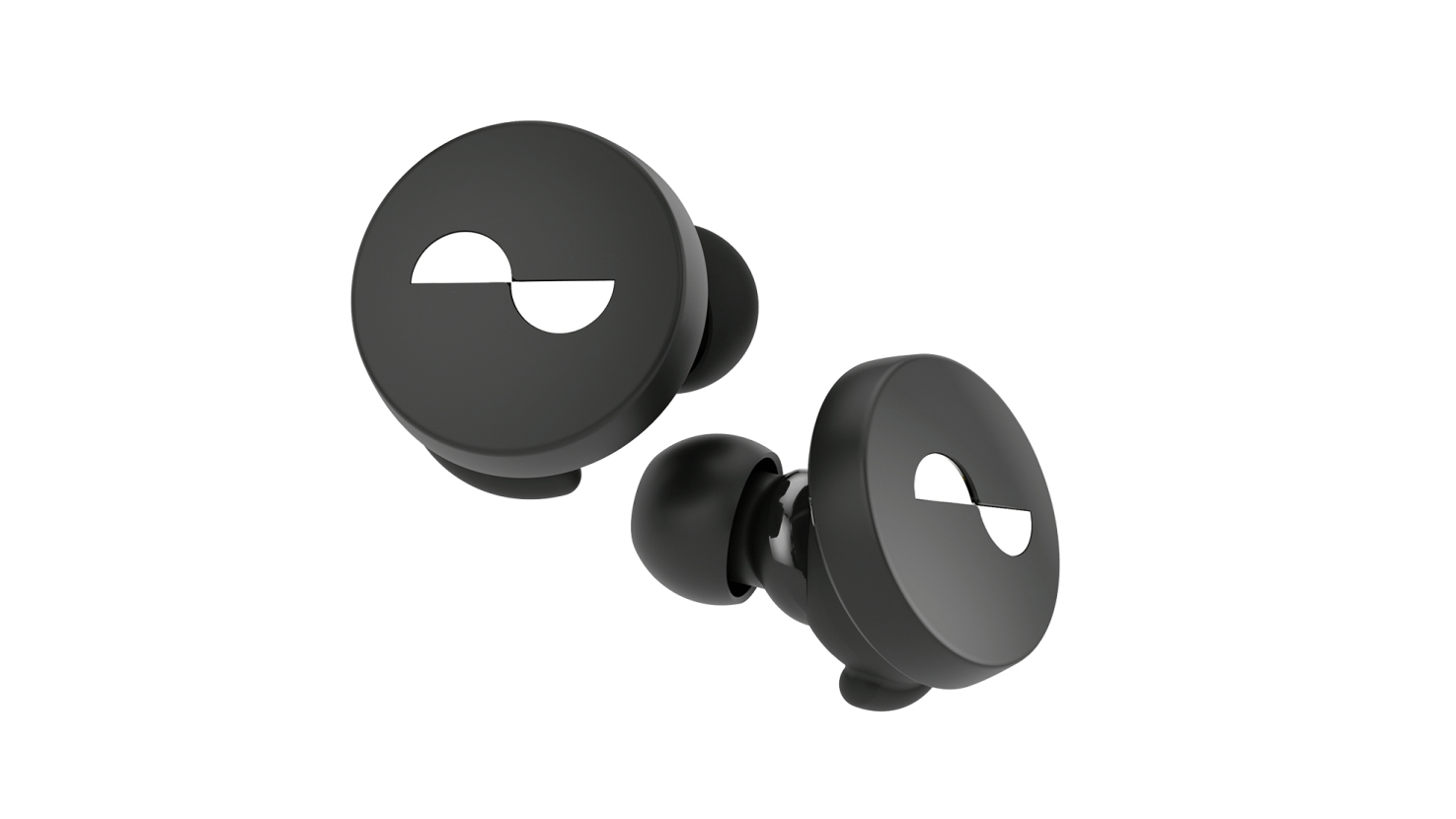
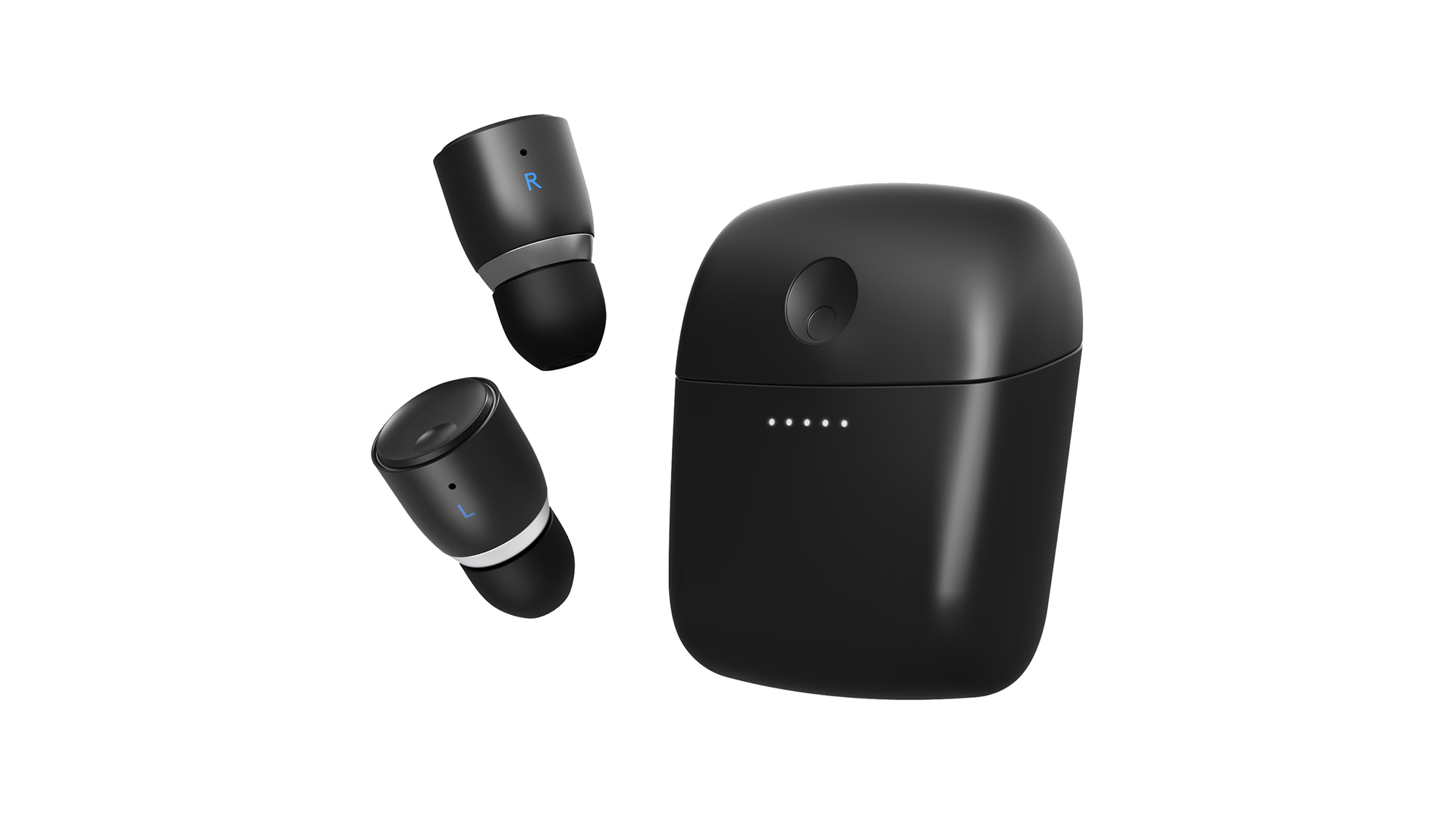

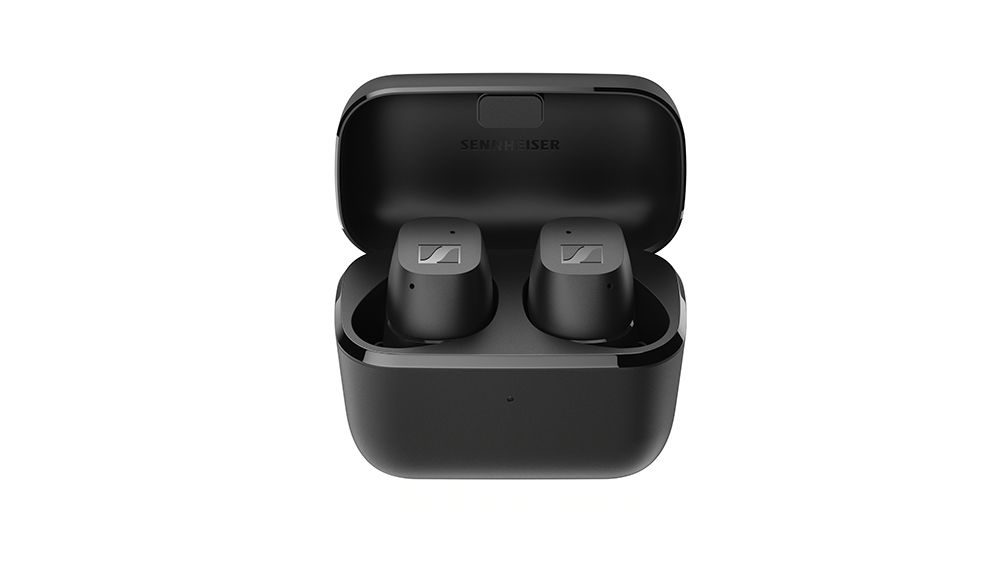
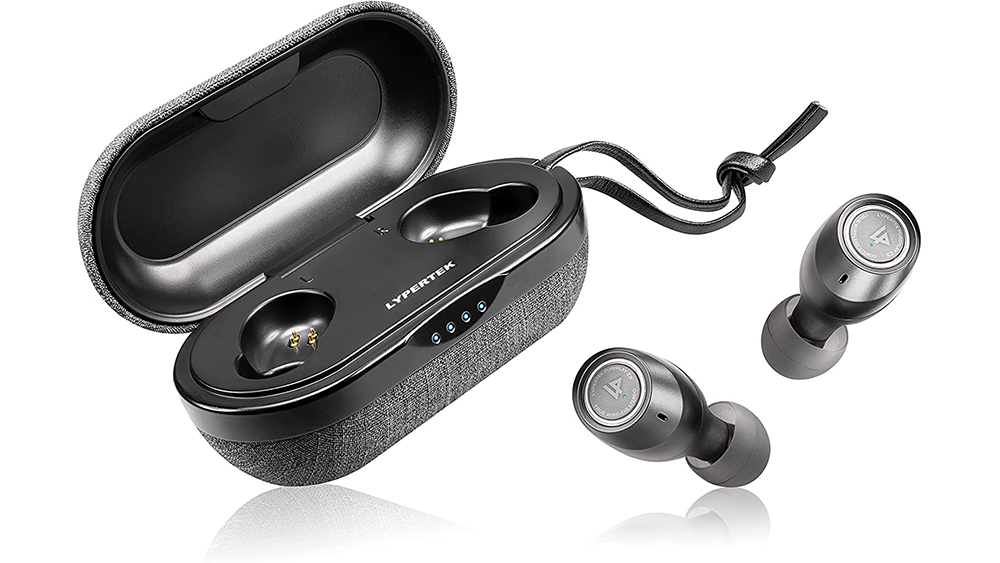

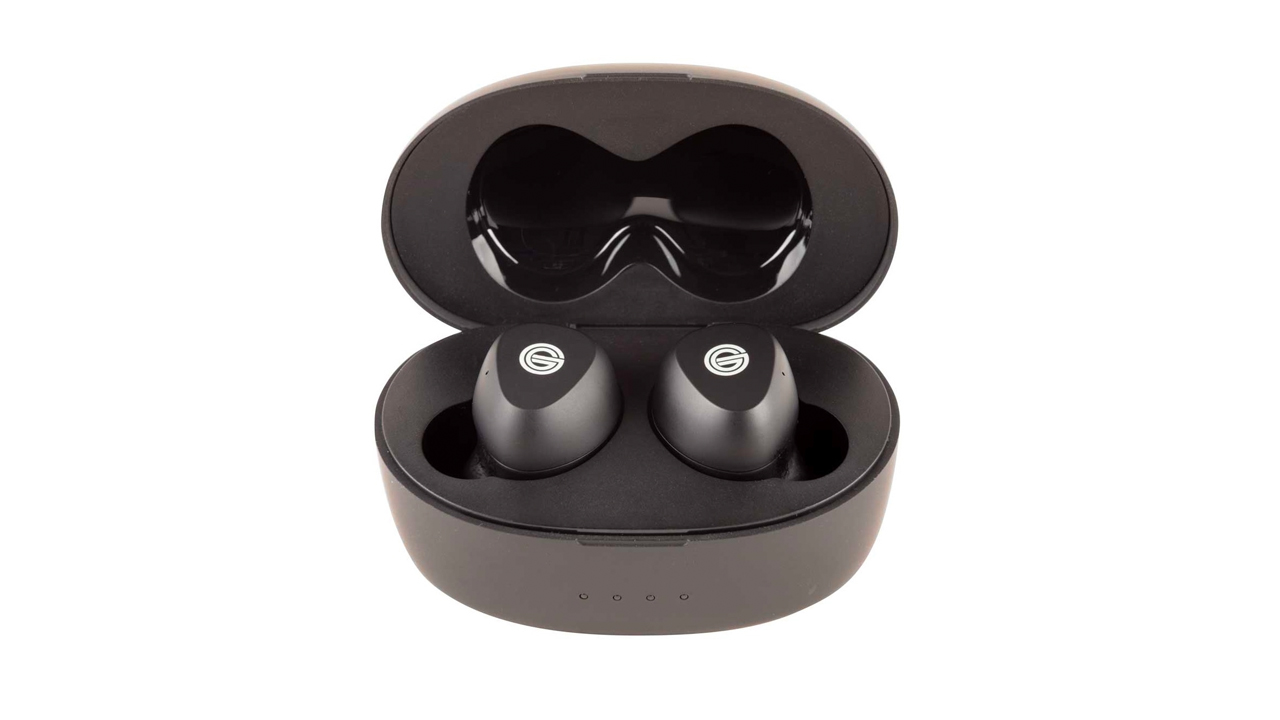

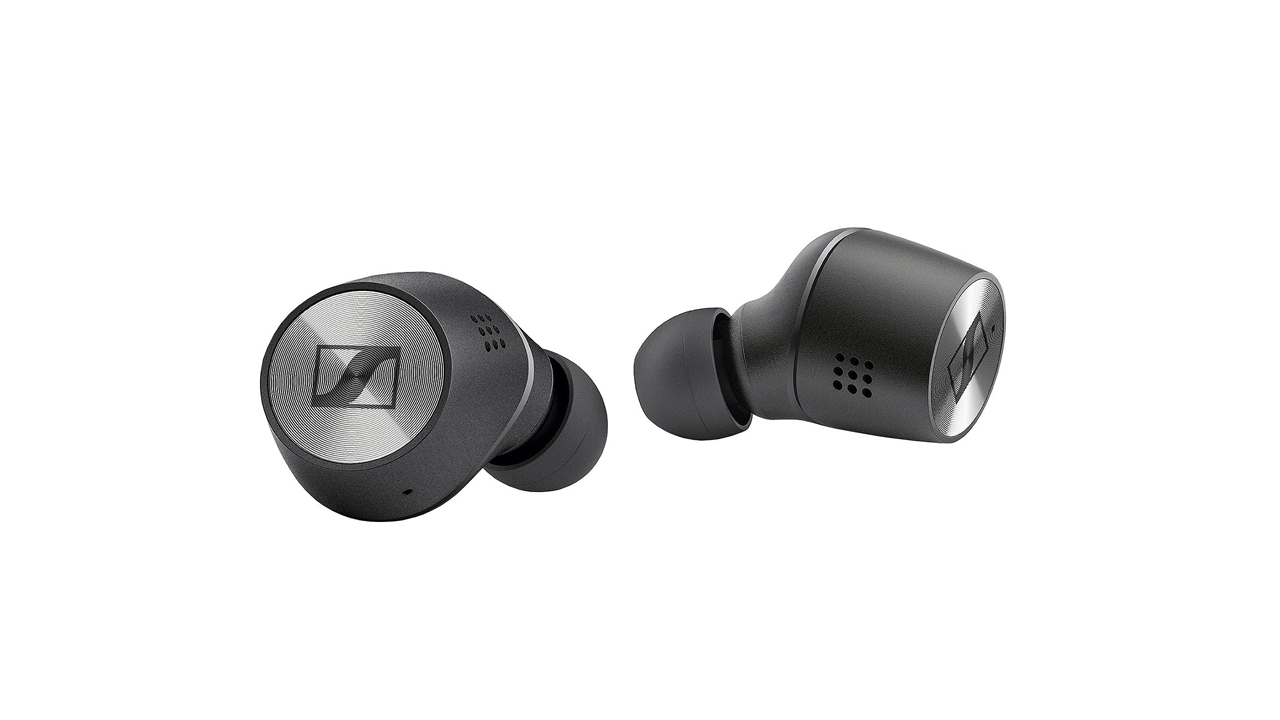

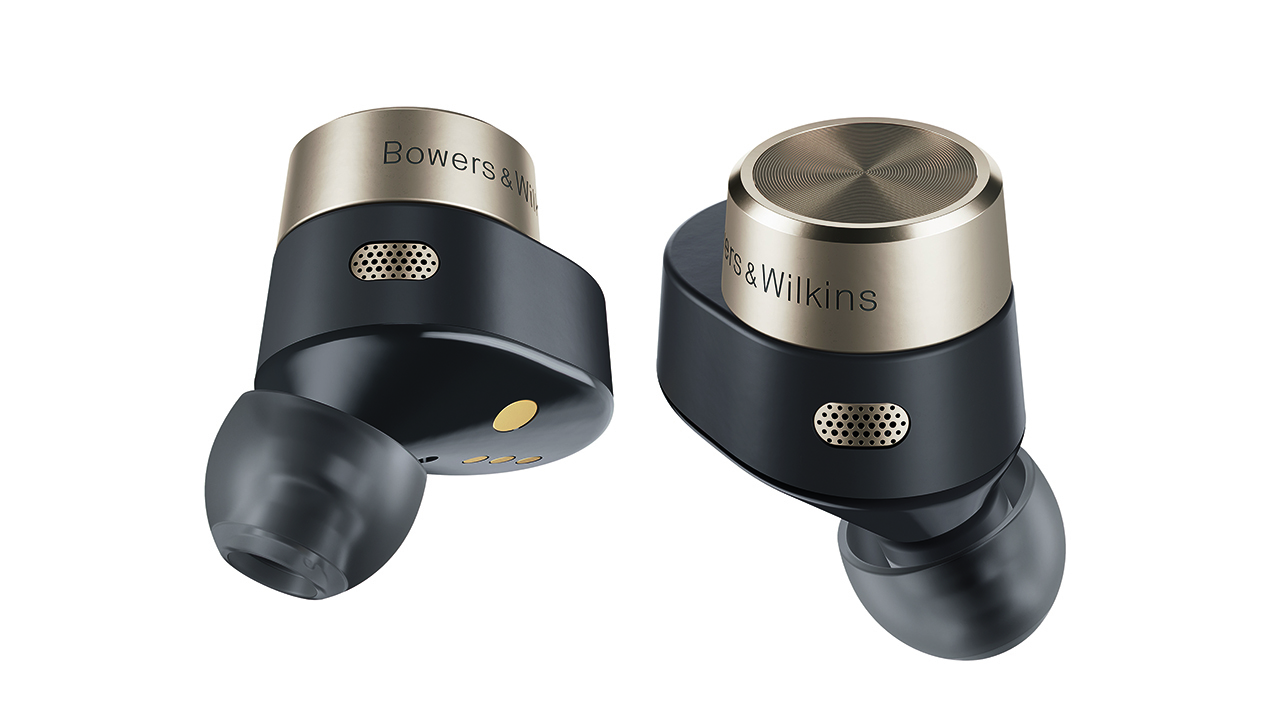

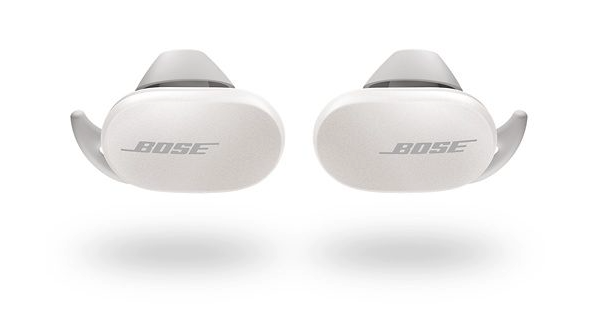

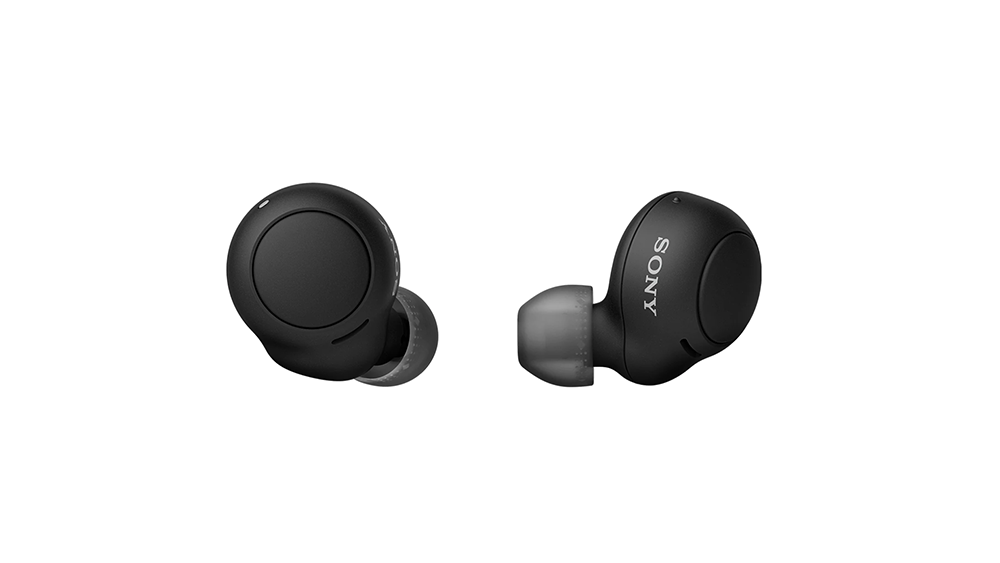

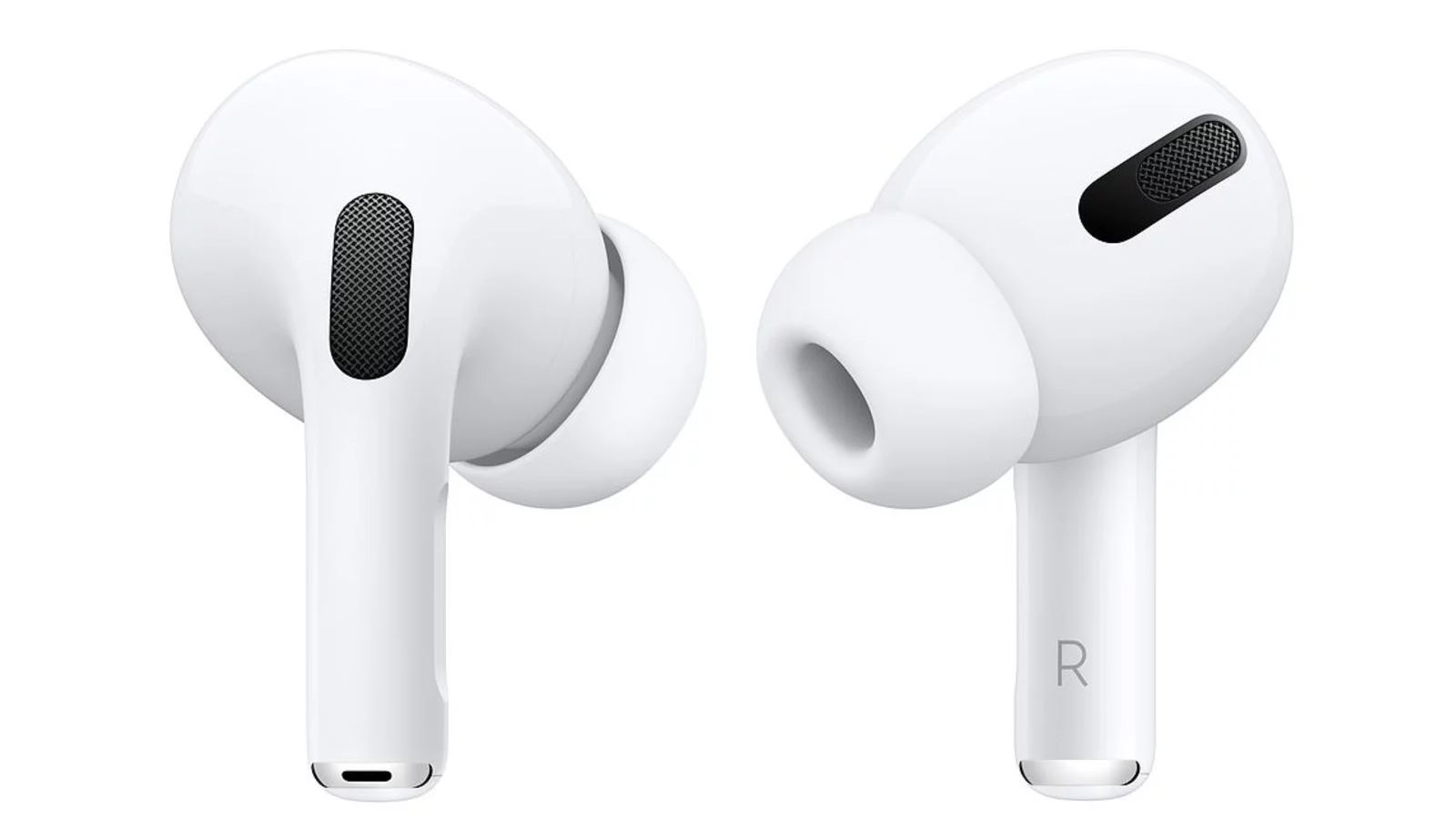



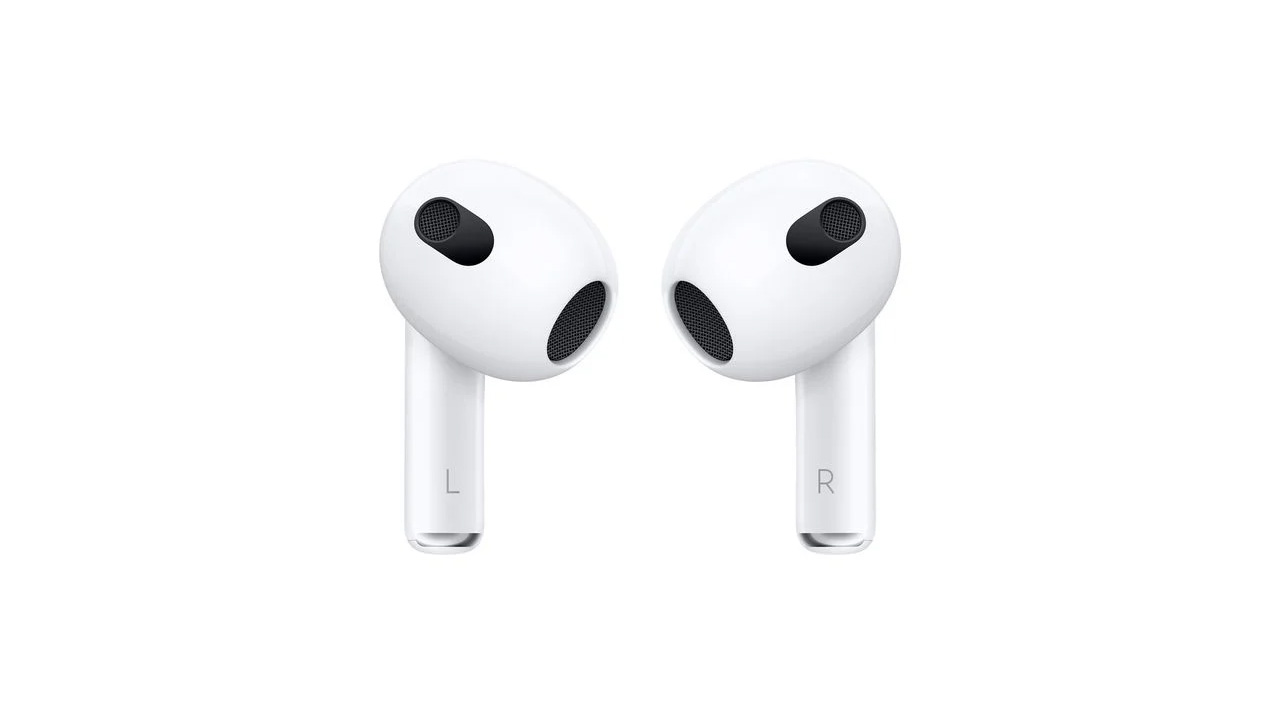

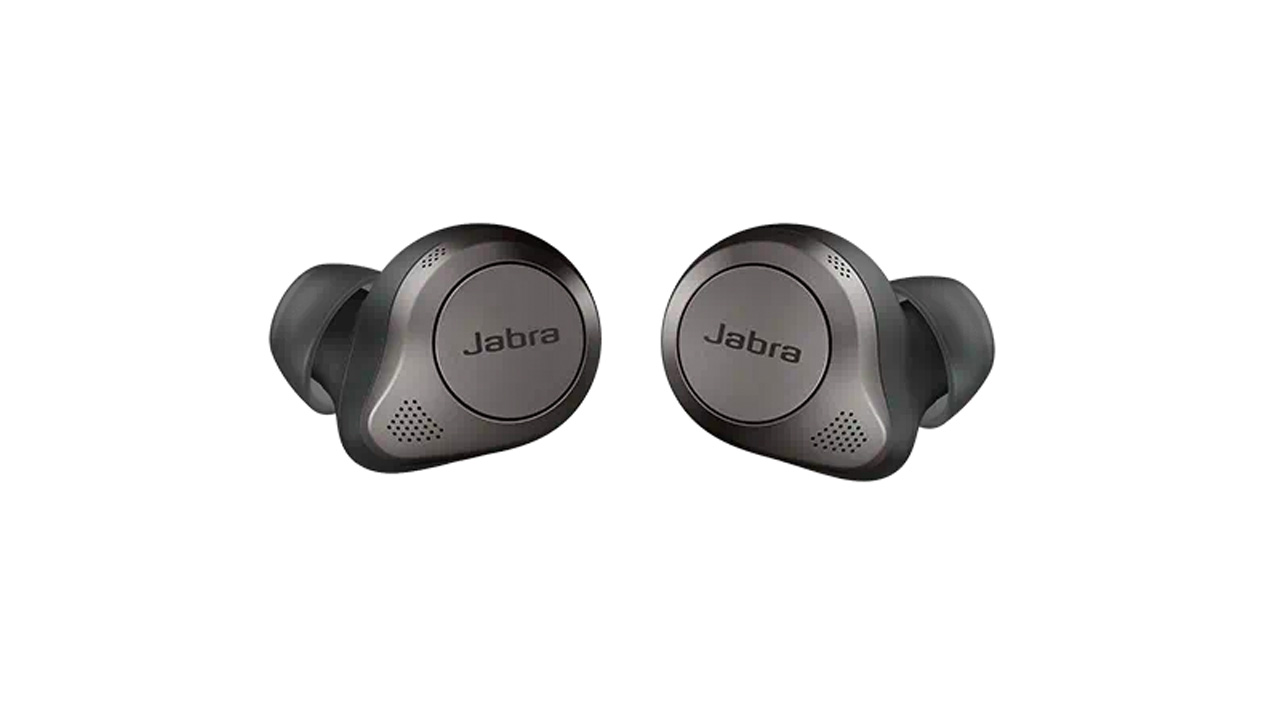

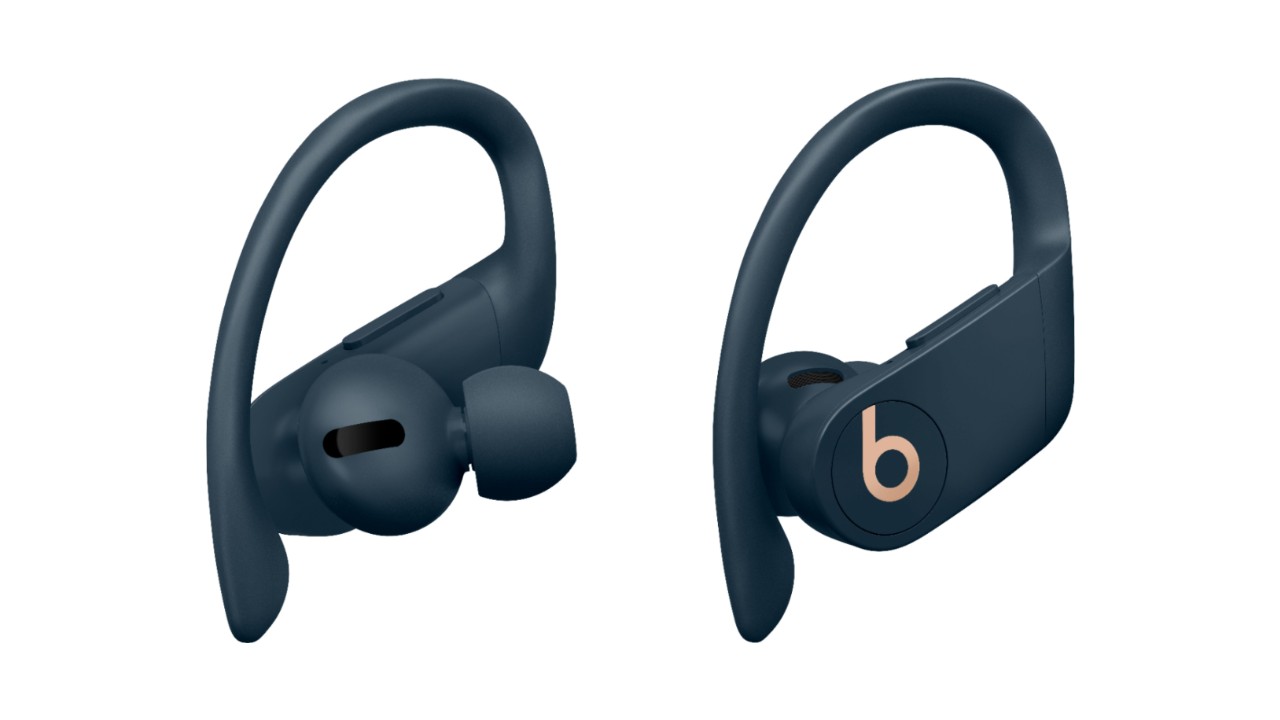

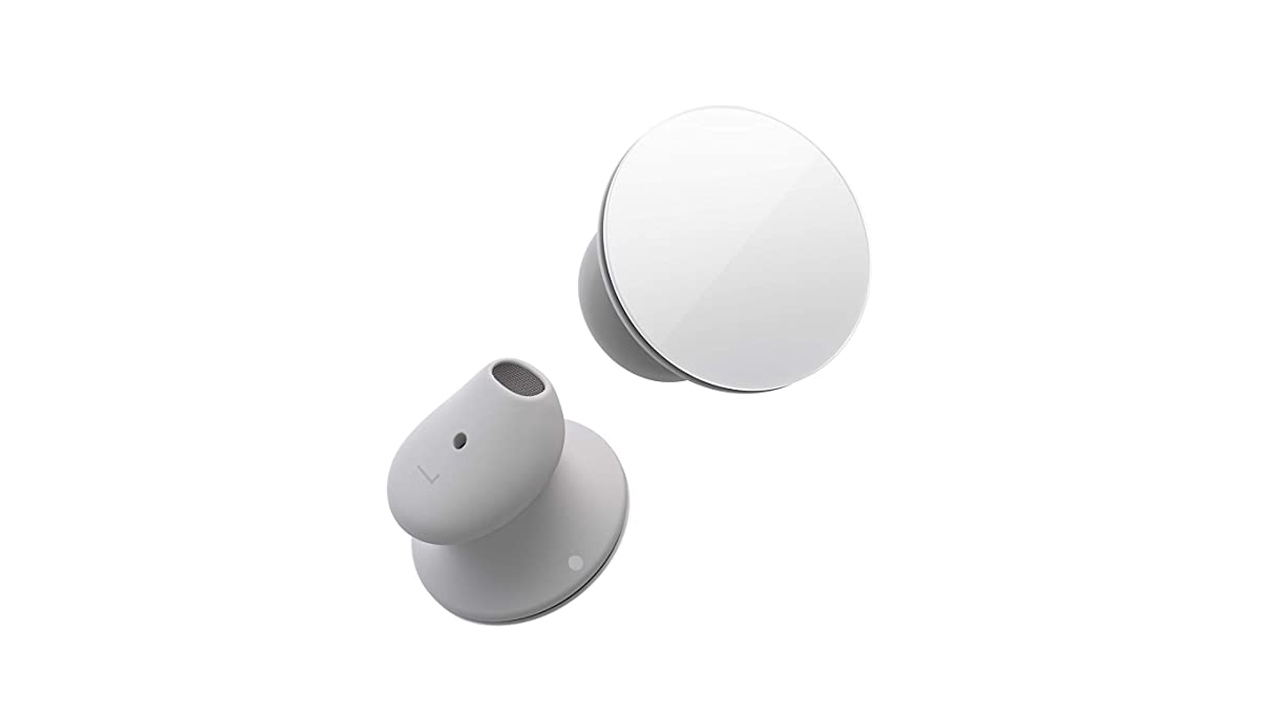

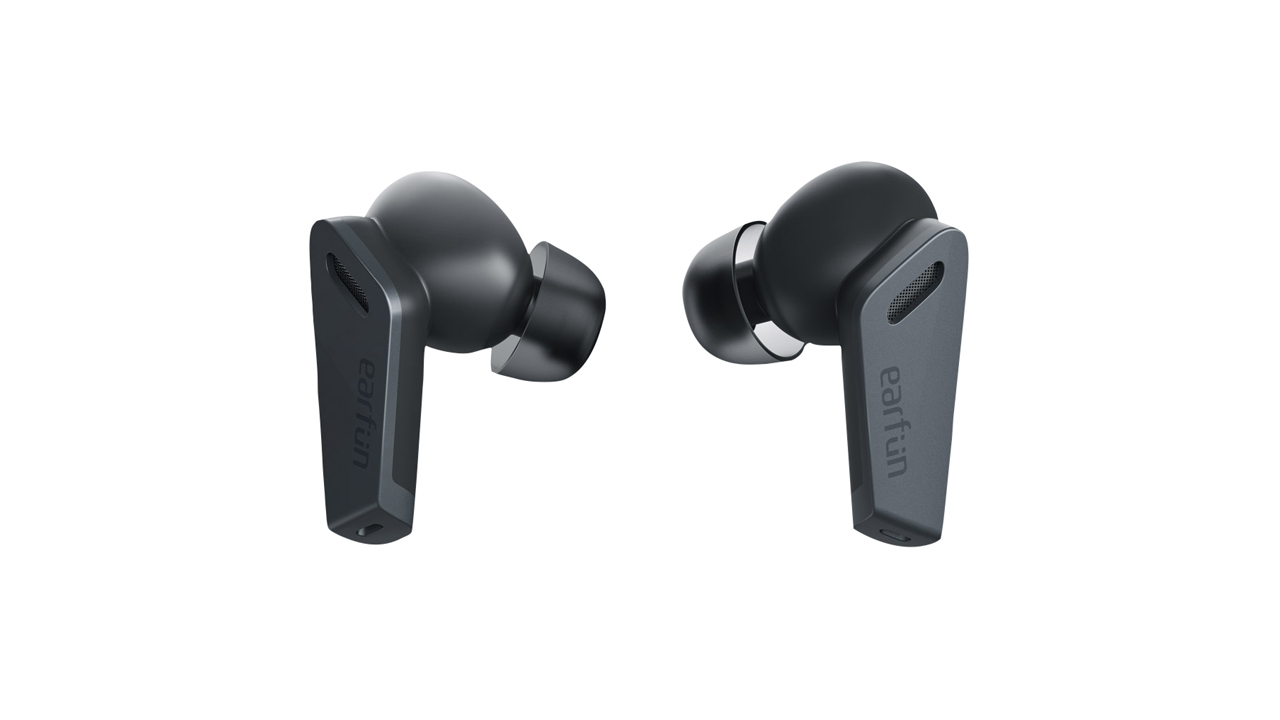

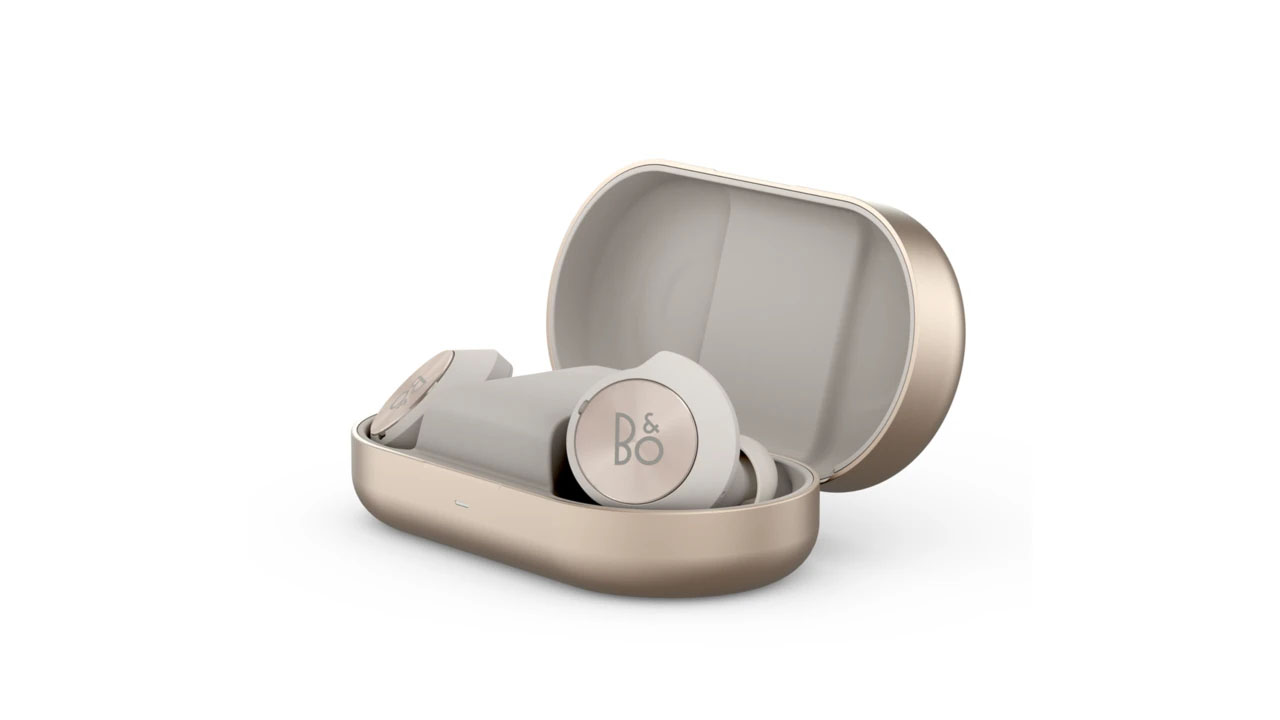

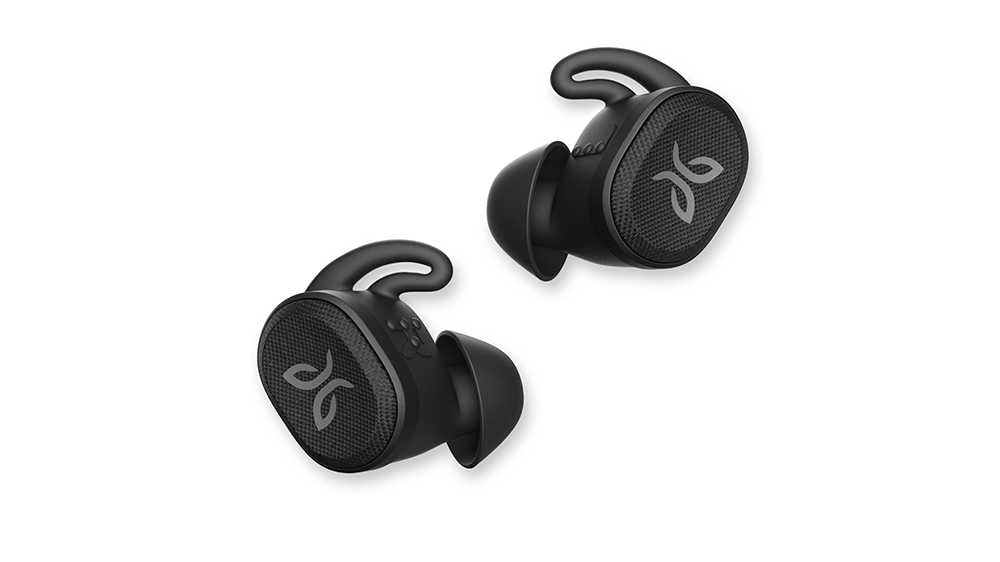

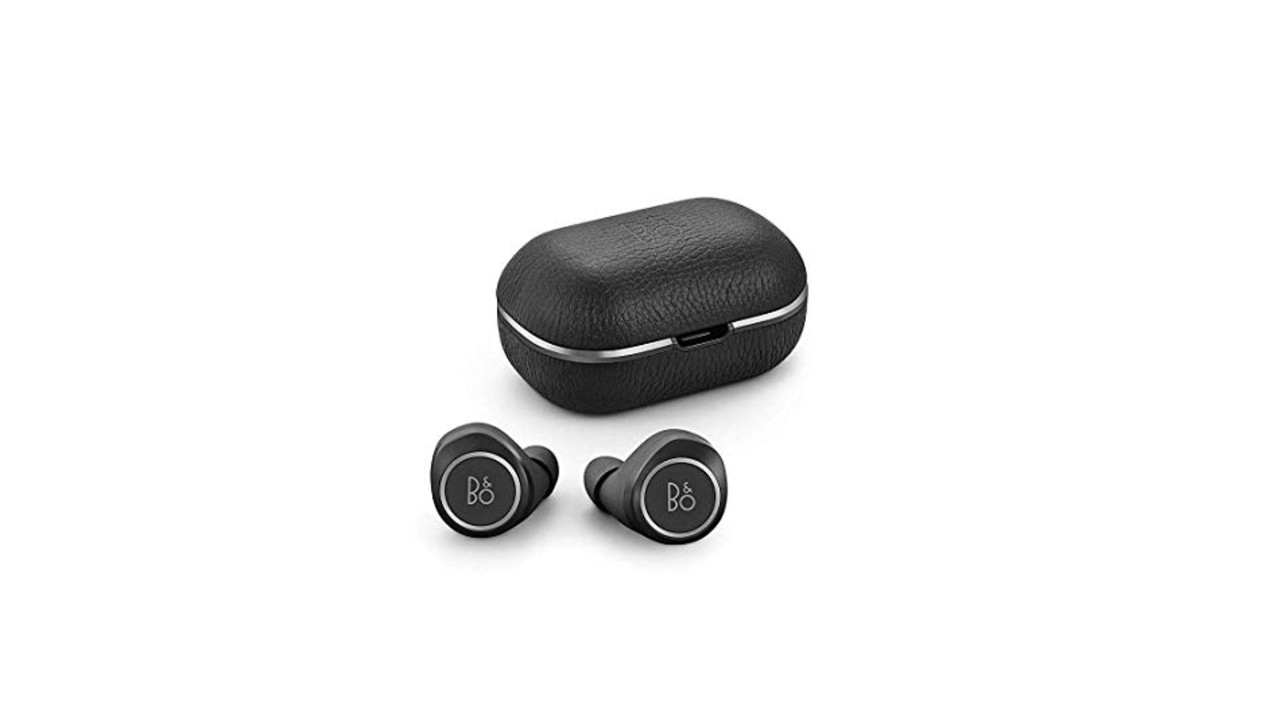

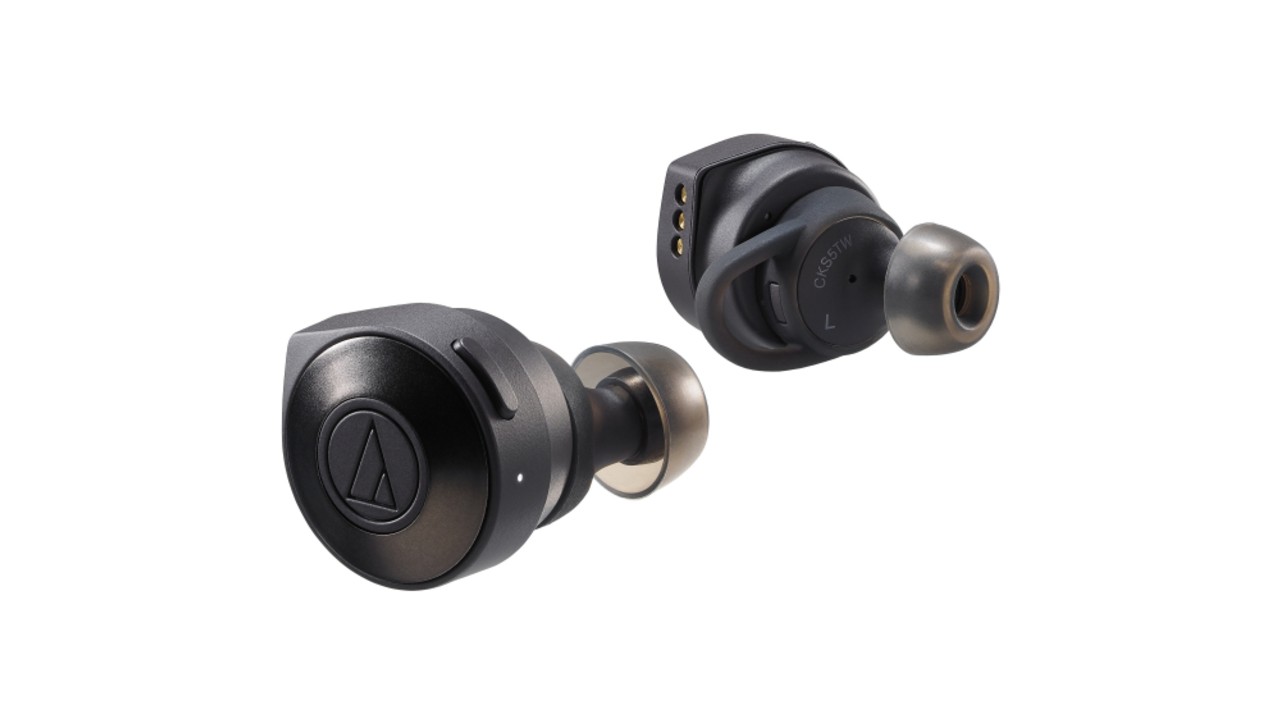

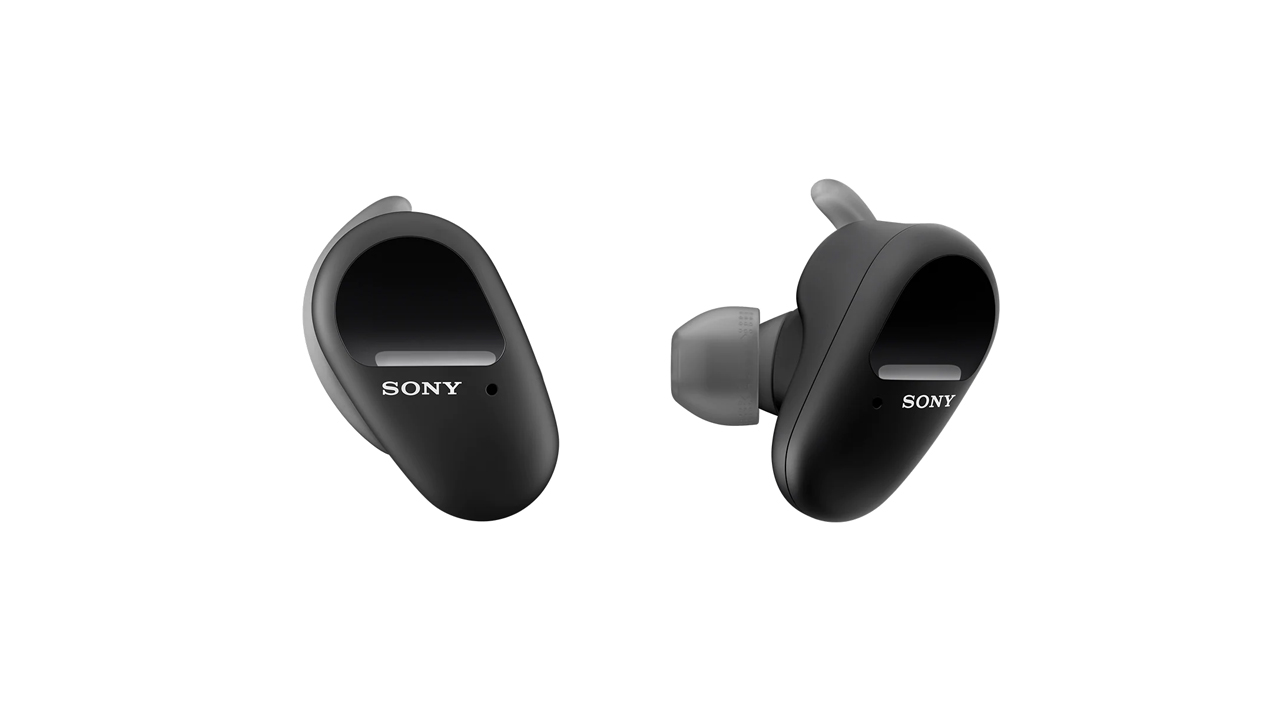

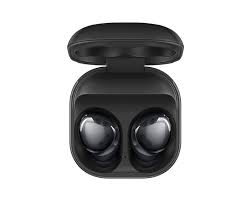
All about the AirPods
What about the Apple AirPods 2?
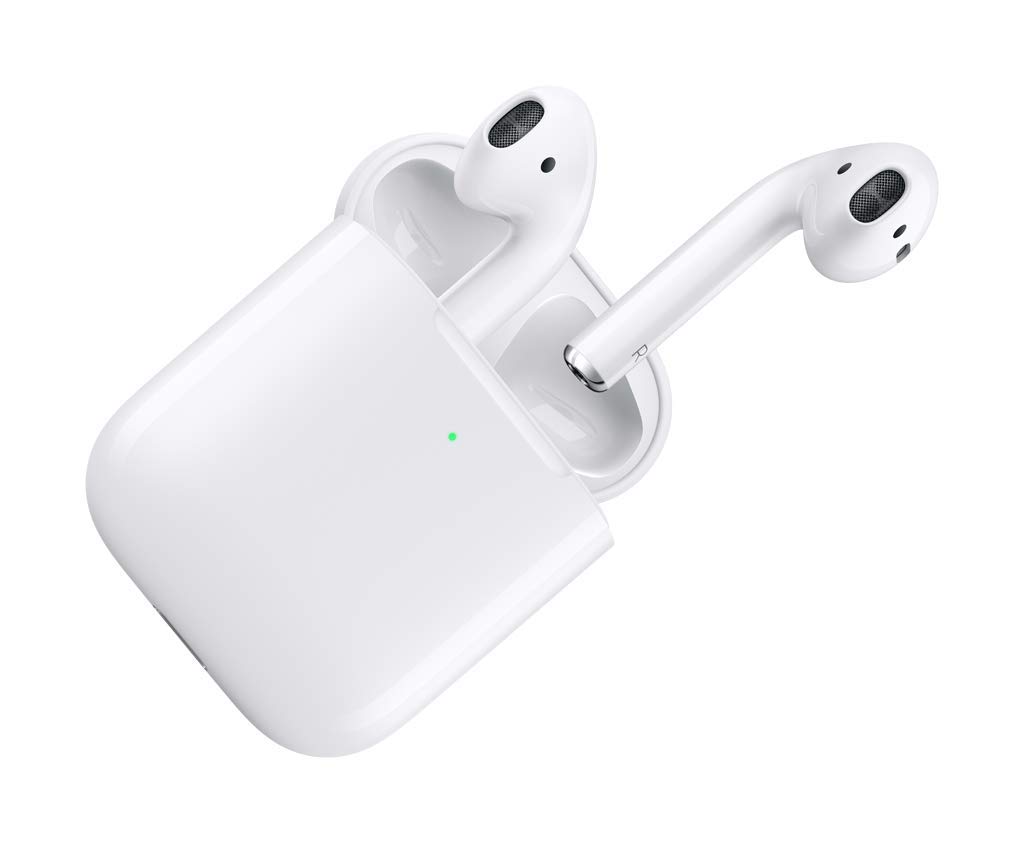
True wireless explained
True wireless vs wireless: what's the difference?
True wireless earbud deals
source https://www.techradar.com/news/best-true-wireless-earbuds-the-best-airpod-alternatives-around/
Rule #21 of the internet: Original content is original only for a few seconds before getting old.
